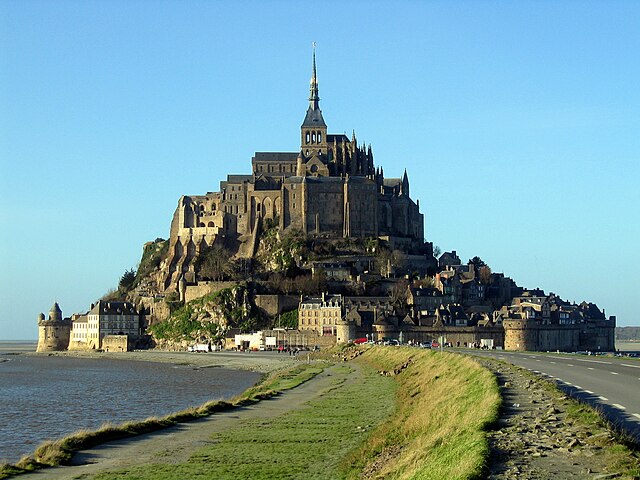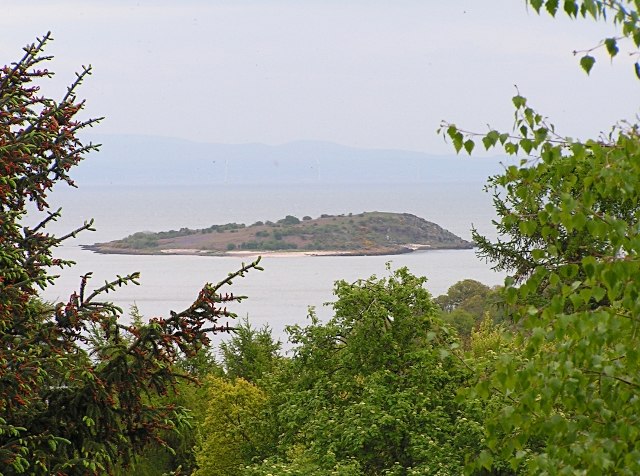Lihou is a small tidal island located just off the west coast of the island of Guernsey, in the English Channel, between Great Britain and France. Administratively, Lihou forms part of the Parish of St. Peter's in the Bailiwick of Guernsey, and is now owned by the parliament of Guernsey, although there have been a number of owners in the past. Since 2006, the island has been jointly managed by the Guernsey Environment Department and the Lihou Charitable Trust. In the past the island was used by locals for the collection of seaweed for use as a fertiliser, but today Lihou is mainly used for tourism, including school trips. Lihou is also an important centre for conservation, forming part of a Ramsar wetland site for the preservation of rare birds and plants as well as historic ruins of a priory and a farmhouse.
Lihou and the nearby L'Eree headland of Guernsey
The Lihou causeway at low tide
19th-century drawing of the priory ruins
The ruins of St Mary's Priory
A tidal island is a raised area of land within a waterbody, which is connected to the larger mainland by a natural isthmus or man-made causeway that is exposed at low tide and submerged at high tide, causing the land to switch between being a promontory/peninsula and an island depending on tidal conditions.
St Michael's Mount, Cornwall, at high tide, c. 1900
Cramond Island, Scotland, at high tide: the causeway is submerged, but the anti-boat pylons are still visible
Mont Saint-Michel in Normandy
Rough Island opposite Rockcliffe, Dumfries & Galloway, Scotland








